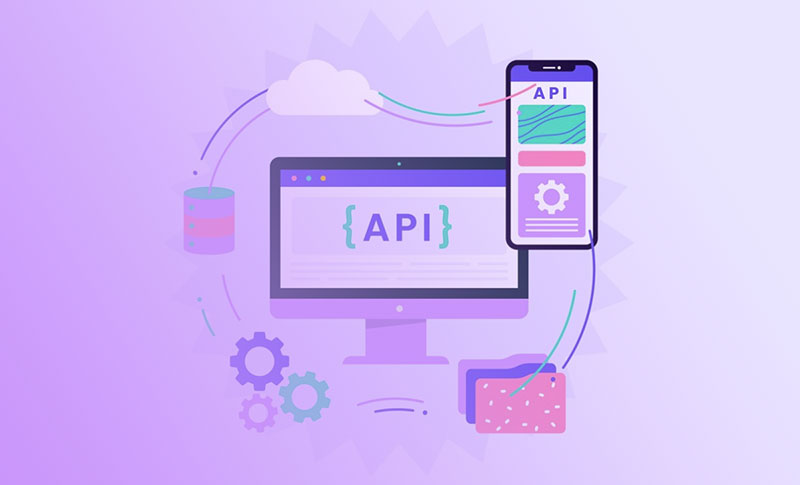Scalability is a crucial aspect of software development today. As applications grow and user demands increase, ensuring your software can handle the load is vital.
This is particularly true for industries like construction, where projects can scale quickly and unexpectedly.
Understanding Scalability
Scalability refers to an application’s ability to handle growth, whether that’s more users, increased data, or additional features. Key attributes include performance, reliability, and maintainability. Think of applications like e-commerce platforms or social networks that must seamlessly grow to meet user demands.
Design Principles for Scalability
Modular Architecture
Building applications with a modular architecture means breaking down your software into smaller, independent pieces. This makes it easier to manage, scale, and update different parts without affecting the whole system.
Microservices
Microservices architecture takes modular design a step further by creating distinct services that communicate over a network. This setup enhances scalability by allowing each service to scale independently based on demand.
Service-Oriented Architecture (SOA)
While similar to microservices, SOA focuses on integrating services into a single application. It’s a bit more heavyweight but can be useful for large, complex systems needing robust service integration.
Development Practices for Scalability
Code Optimization
Writing efficient code is foundational. Use best practices and optimization tools to ensure your code runs smoothly and efficiently, minimizing bottlenecks and performance issues.
Asynchronous Processing
Asynchronous processing is crucial for non-blocking operations. It allows your application to handle multiple tasks simultaneously, improving overall responsiveness and scalability.
Database Management
Choosing the right database is critical. Consider scalability features like sharding and replication. Optimizing queries and database architecture helps manage large volumes of data efficiently.
Deployment Strategies
Containerization
Containers like Docker and Kubernetes have revolutionized deployment. They encapsulate your application, making it portable and scalable across different environments. Containers simplify scaling by allowing rapid deployment of multiple instances.
Continuous Integration/Continuous Deployment (CI/CD)
Implementing CI/CD pipelines automates testing and deployment, ensuring new code integrates smoothly with existing systems. This automation supports scalable deployments by reducing human error and speeding up release cycles.
Load Balancing
Load balancing distributes incoming traffic across multiple servers. This ensures no single server bears too much load, enhancing performance and reliability. There are various strategies and tools, such as round-robin or least connections, to achieve efficient load balancing.
Monitoring and Maintenance
Performance Monitoring
Using tools to monitor performance helps track key metrics like response time, CPU usage, and memory consumption. This data is essential for identifying and addressing scalability issues.
Auto-scaling
Auto-scaling adjusts the number of active servers based on current demand. In cloud environments, this ensures your application can handle traffic spikes without manual intervention.
Regular Maintenance and Updates
Regular updates and maintenance keep your application running smoothly. Addressing bugs, updating dependencies, and optimizing performance are ongoing tasks that ensure long-term scalability.
Case Study: Construction Software Development
Let’s look at using construction software development to build an application. Applying modern development practices ensured it could handle large projects and numerous users efficiently.
Lessons from this case include the importance of modular design and robust database management in maintaining scalability.
Conclusion
Adopting modern development practices is essential for building scalable applications. As user demands grow, these strategies ensure your software remains performant, reliable, and easy to maintain. Embrace these practices to future-proof your applications and meet the challenges of any scale, especially in dynamic fields like construction software development.
